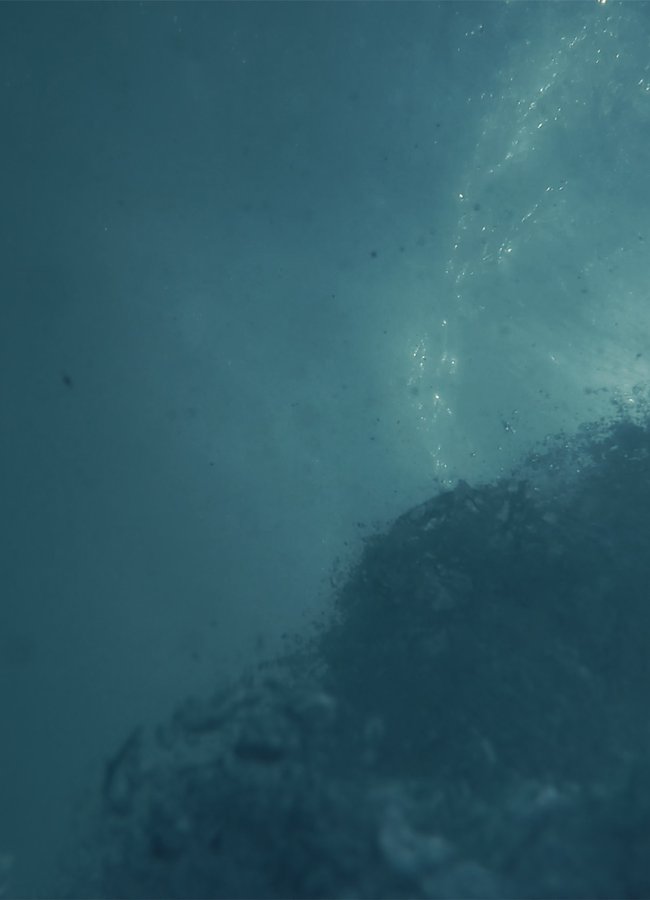Explore our range of exercise-based tutorials below to help get you started with Echoview. Each tutorial covers a specific component of Echoview functionality with a series of easy-to-follow exercises. These tutorials are compatible with Echoview 13.
Additionally, video tutorials can be found on our YouTube channel.
Please contact us if you require assistance.
Getting started with Echoview
In this tutorial we cover key concepts and navigation when using Echoview. New Echoview users should complete this tutorial first.
Instructions
Tutorial Package
Introduction to integration
This tutorial covers both the on-screen generation and export of echointegration results. Echointegration is a key concept in the conversion of hydroacoustic backscatter to biomass. Many of the concepts and techniques covered apply to the variety of other analyses you can perform in Echoview.
Instructions
Tutorial Package
Introduction to live viewing
This tutorial covers the basics of live viewing. Live viewing provides the ability to view and process your data as it being collected. This is particularly useful during adaptive surveys, where findings are used to guide the survey in real time.
Instructions
Tutorial Package
Introduction to COM scripting
This tutorial provides a basic introduction to COM scripting in Echoview, to show you how to automate your processing, which will save you valuable time.
Instructions
Tutorial Package
Introduction to the Code operator
The Code operator is an application programming interface (API) between Echoview and the Python programming language. This tutorial breaks down the learning curve for the Code operator. It guides you from the basics of creating a Code operator in Echoview and progresses to more advanced topics such as handling multiple operands and pings.
Instructions
Tutorial Package
Introduction to fish tracking
Covers the basics of detecting single fish targets and analyzing their tracks in space and time. This is a popular approach in river studies but can be applied equally well in lakes and marine environments.
Instructions
Tutorial Package
Introduction to multibeam target data processing
Demonstrates the basics of multibeam target data processing using data from a DIDSON or ARIS imaging sonar. The techniques are also applicable to data from other imaging sonars, or “acoustic cameras”, or multibeam data in which individual fish targets are visible.
Instructions
Tutorial Package
Introduction to the Formula operator
Covers the basics of using the Formula operator to implement custom mathematical and logical expressions for manipulation of echogram data, and demonstrates the ‘Z-score’ technique as described by De Robertis, McKelvey and Ressler (2010).
Instructions
Tutorial Package
Introduction to bottom classification
This tutorial covers the basics of bottom classification using single and split-beam echosounder data.
Instructions
Tutorial Package
